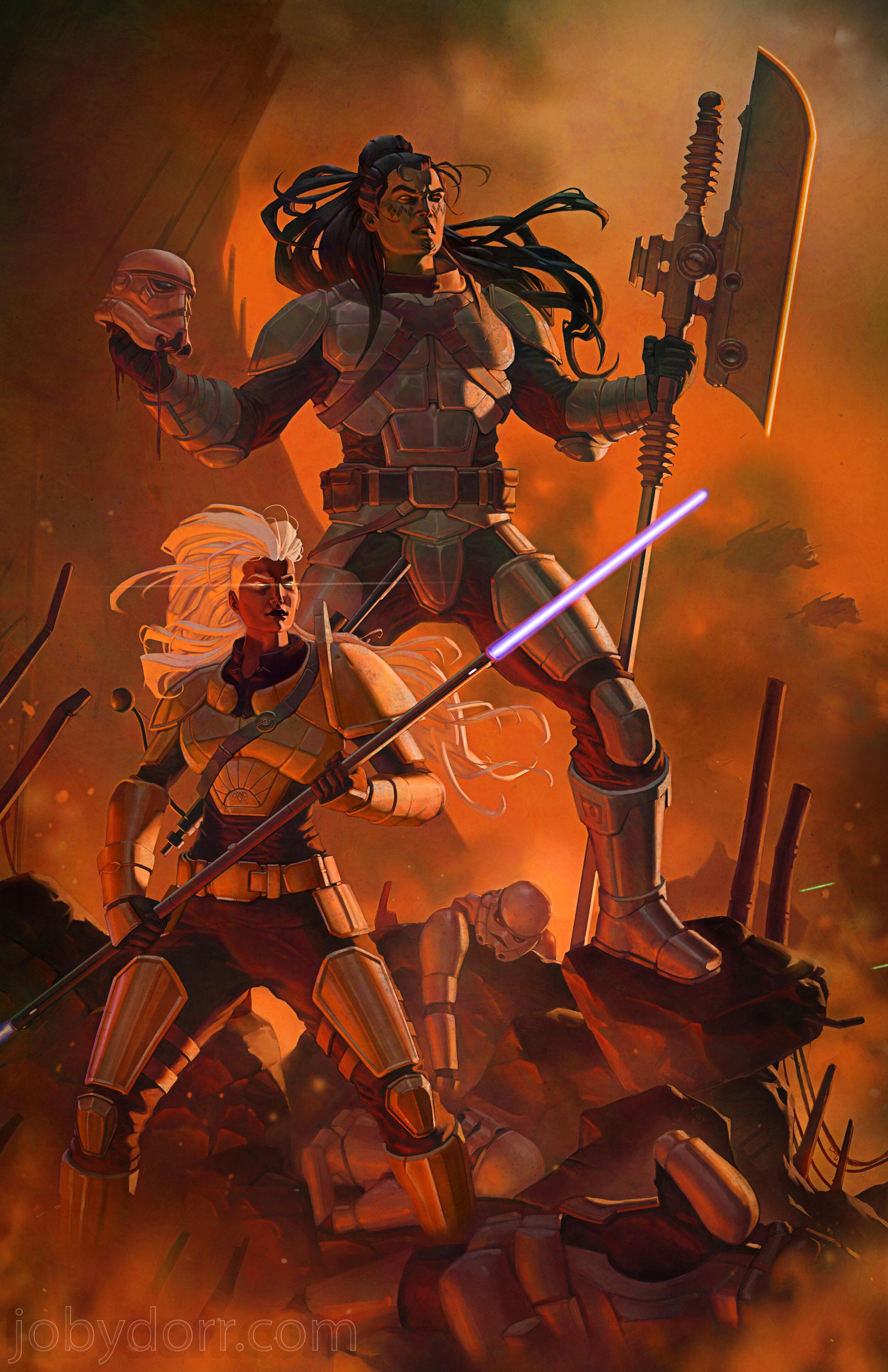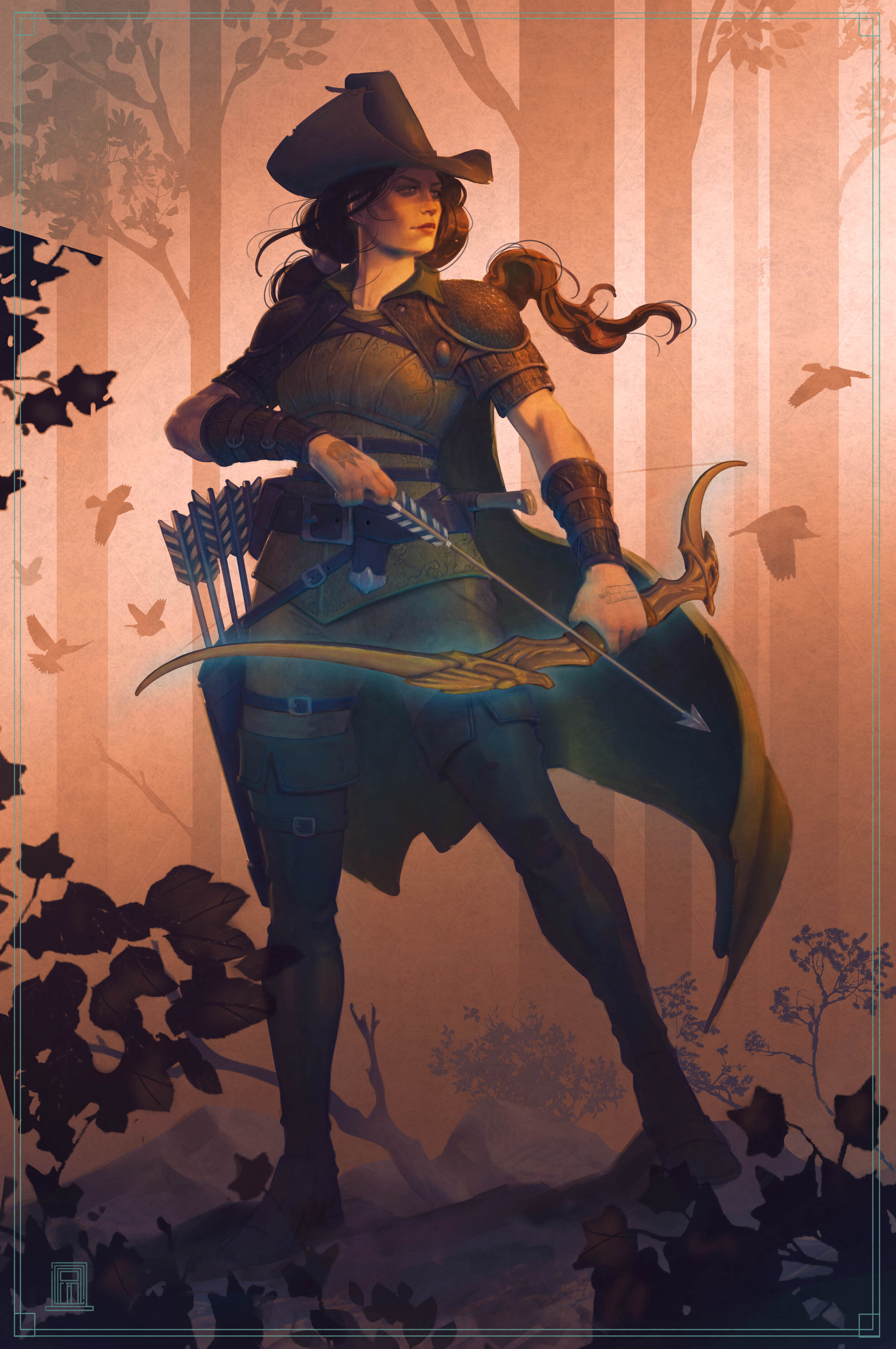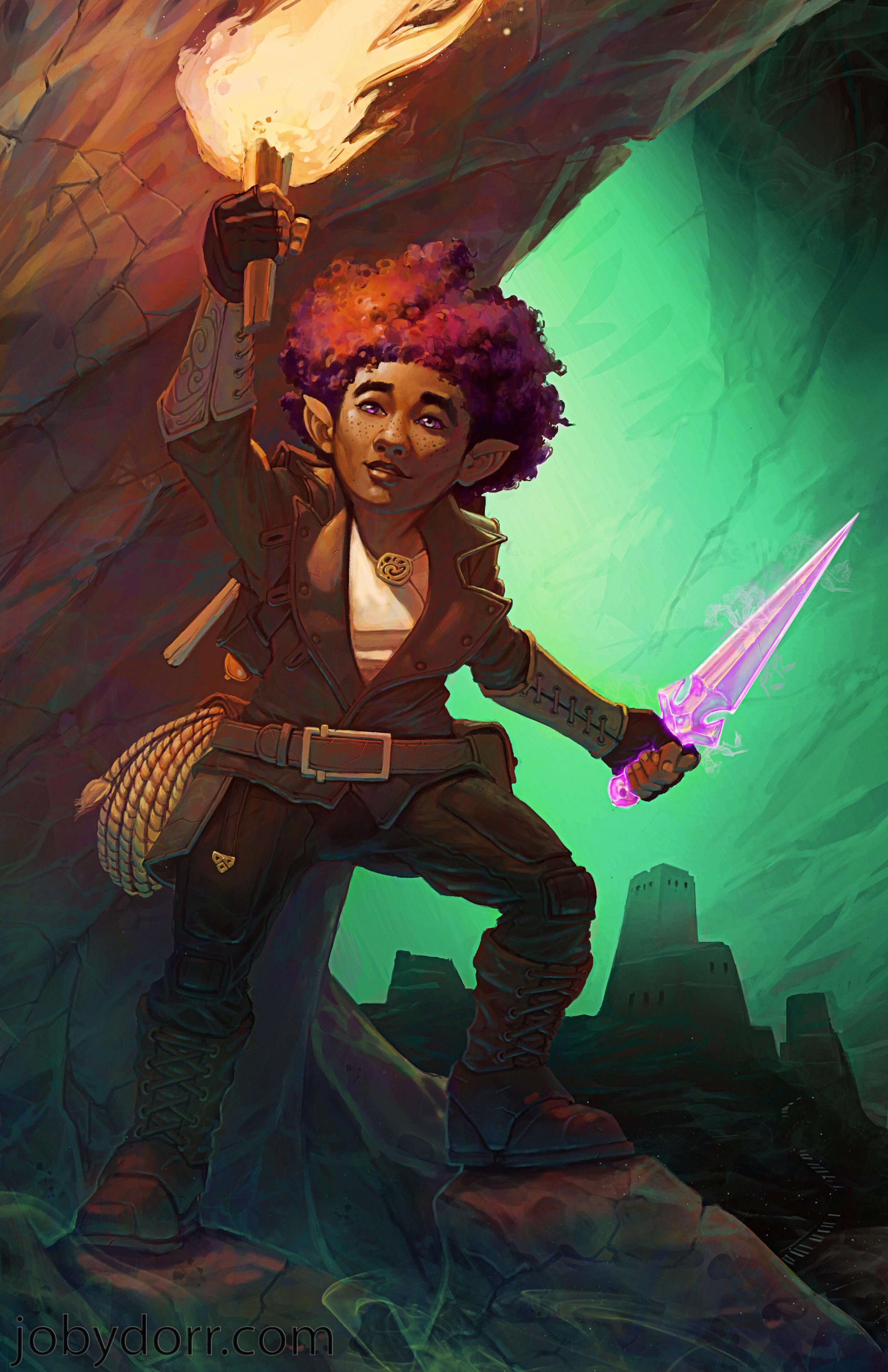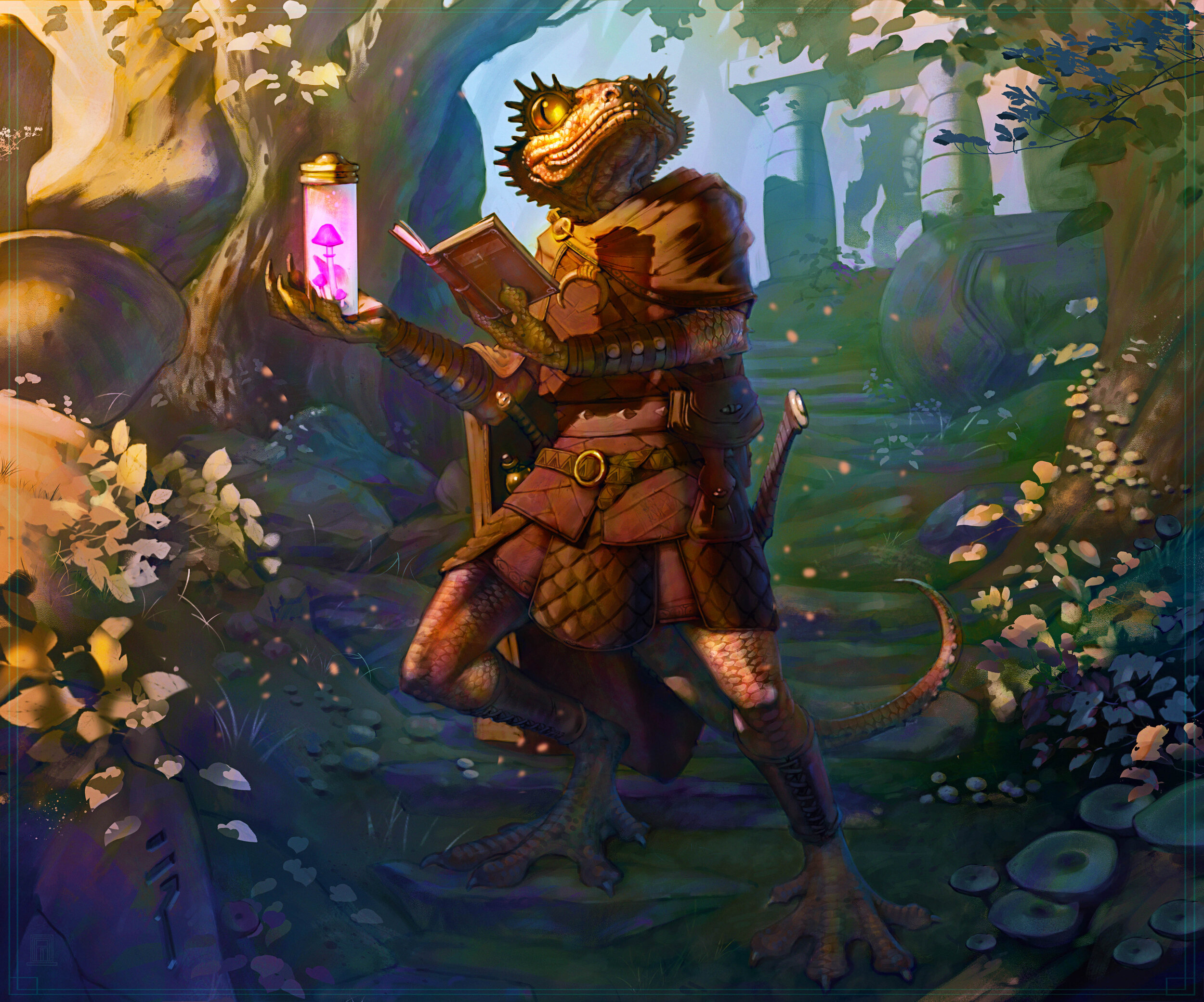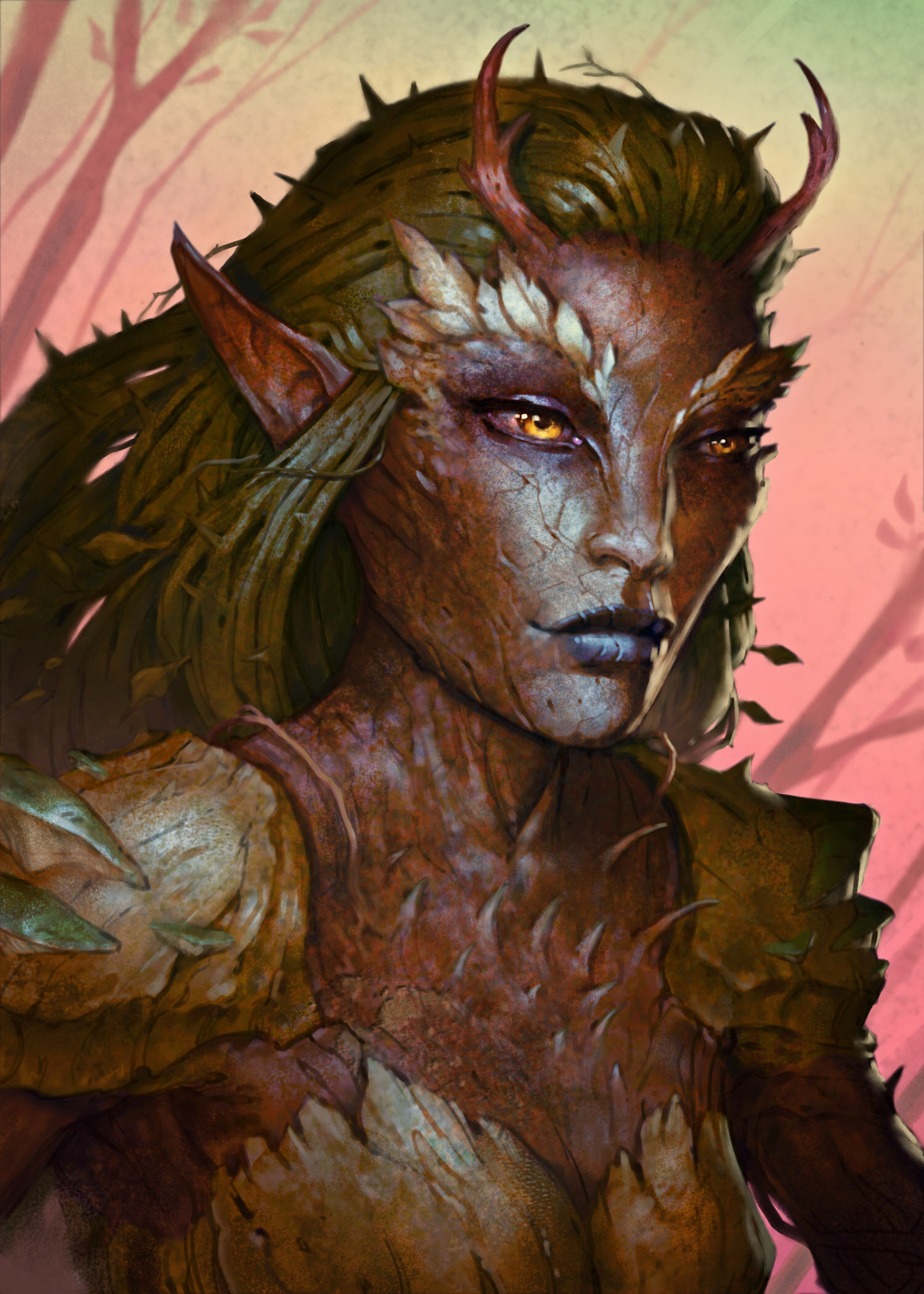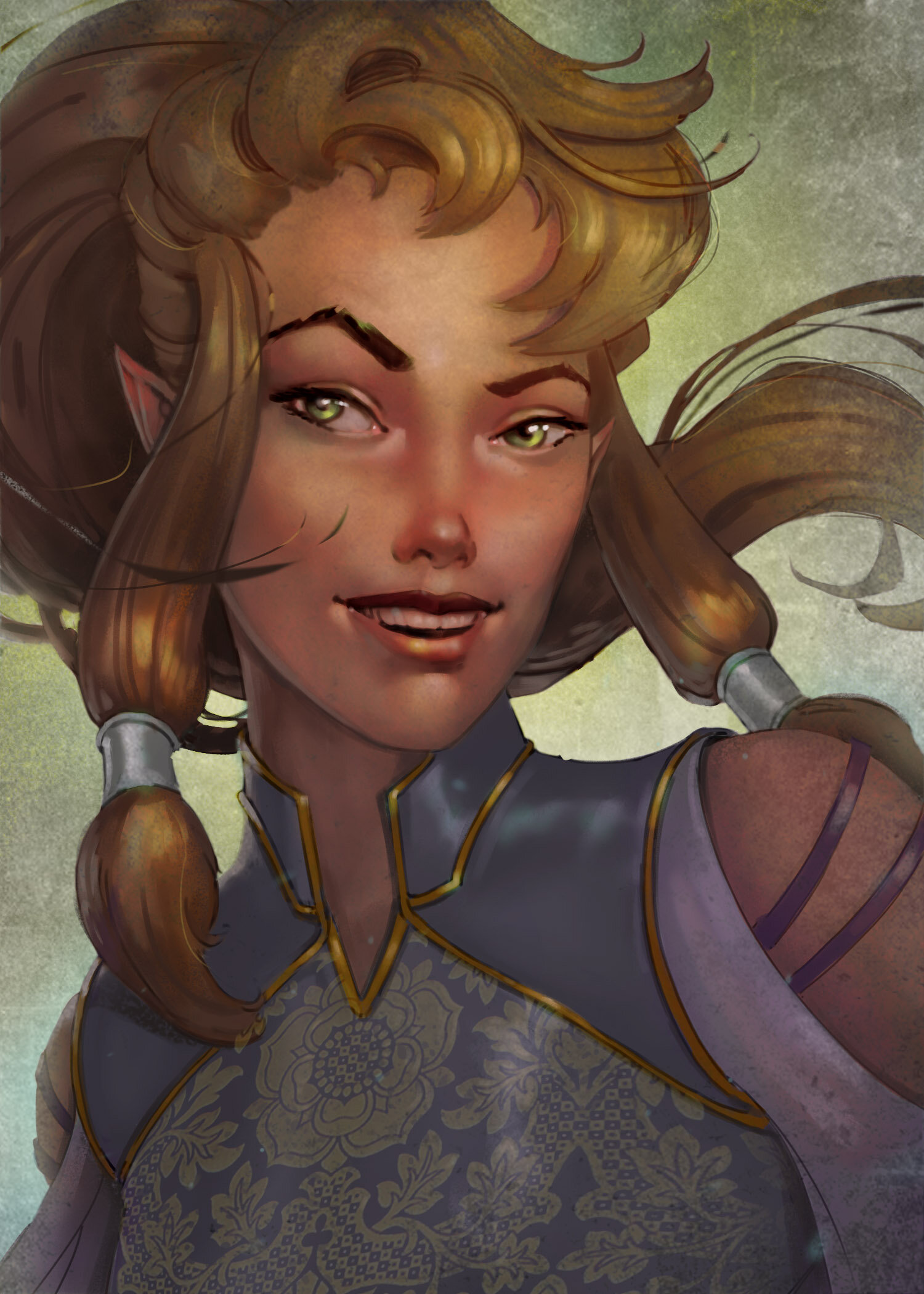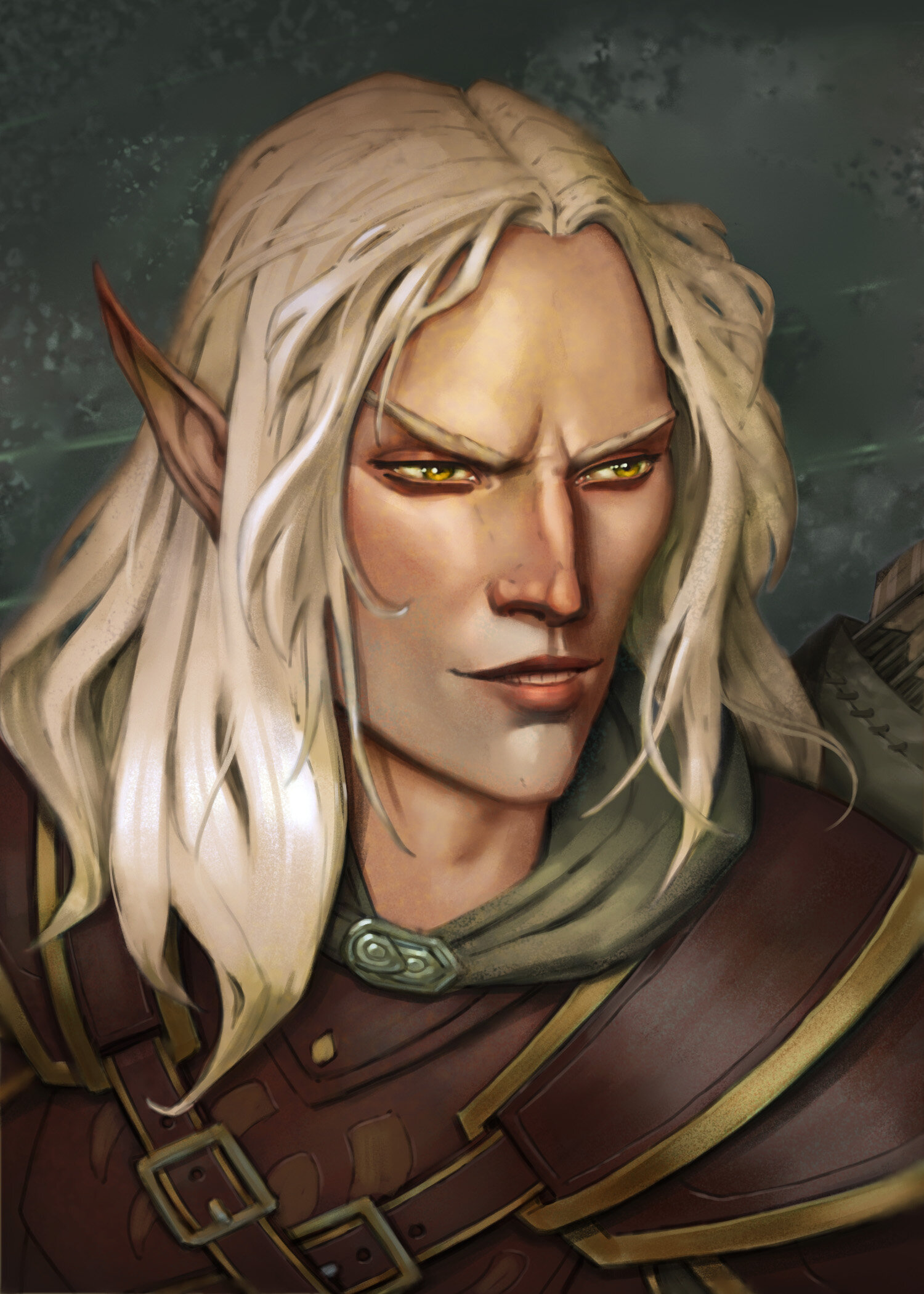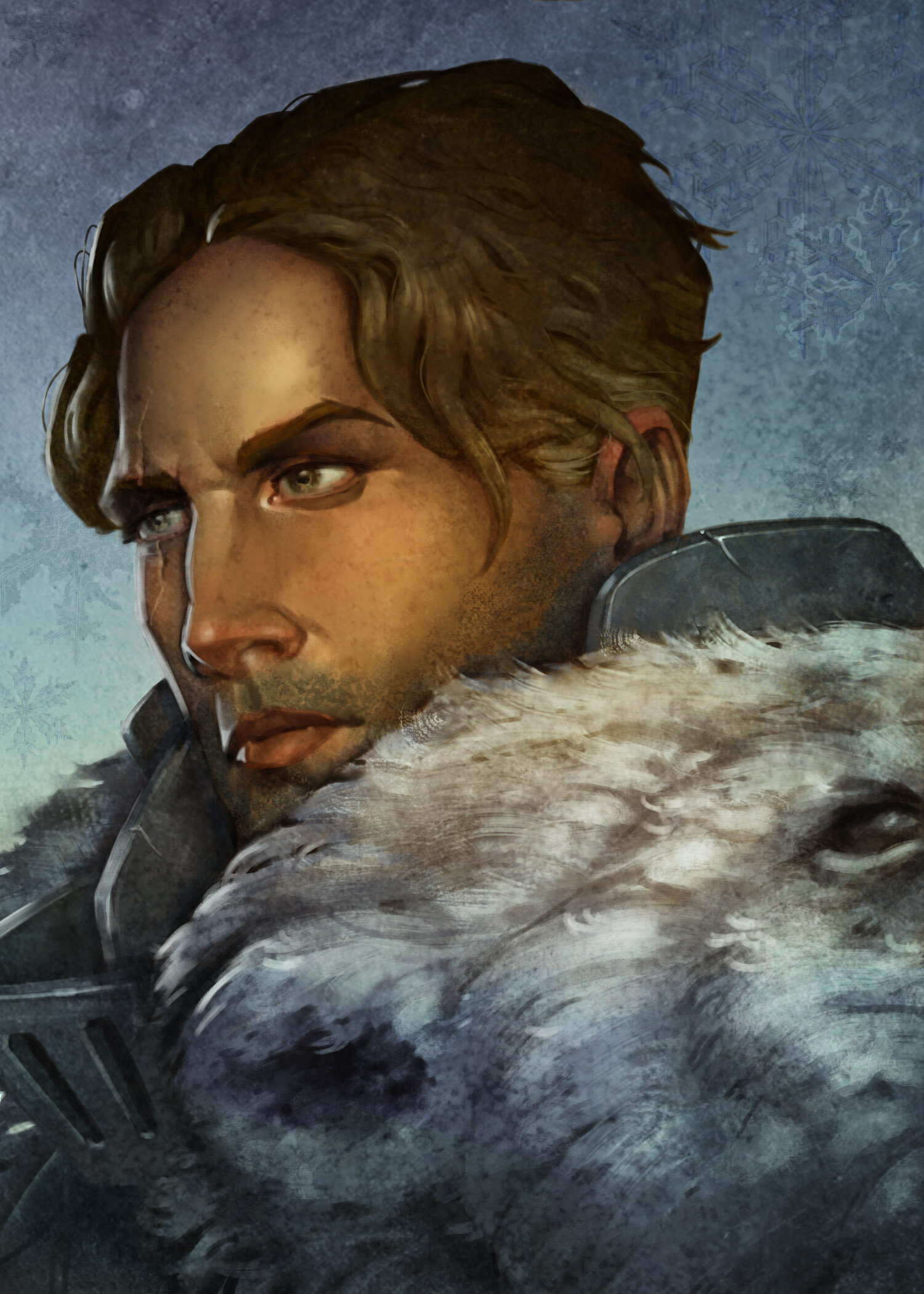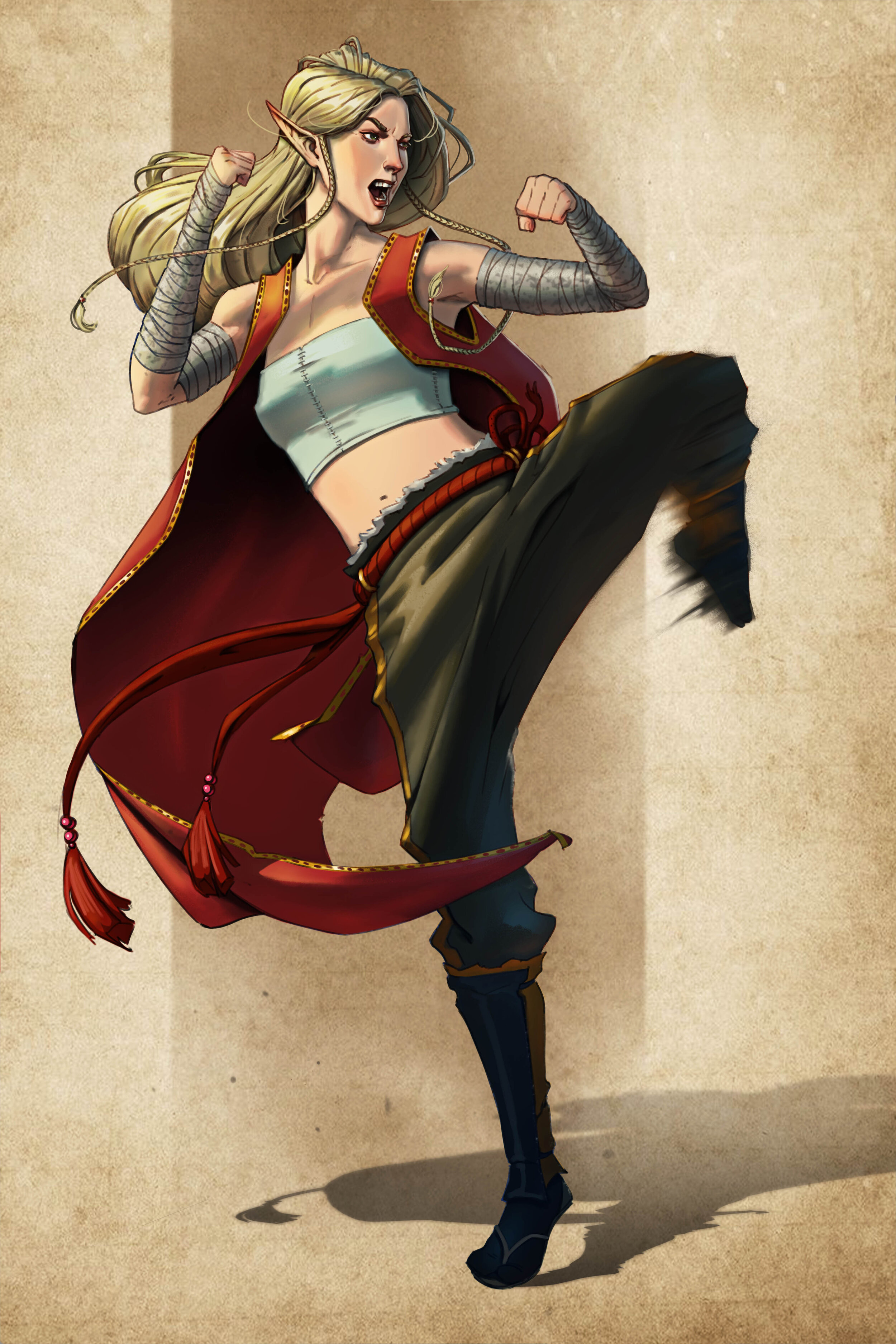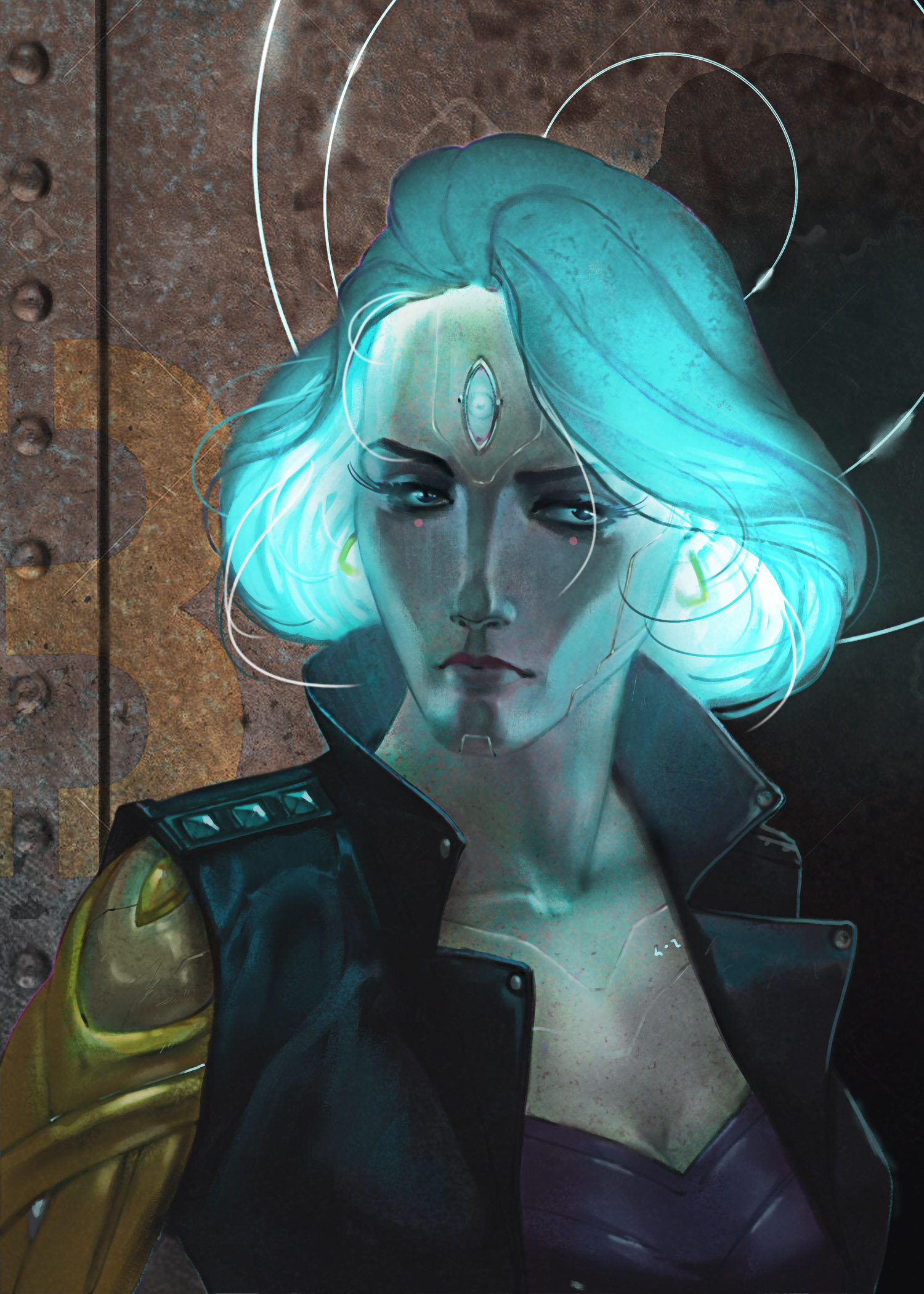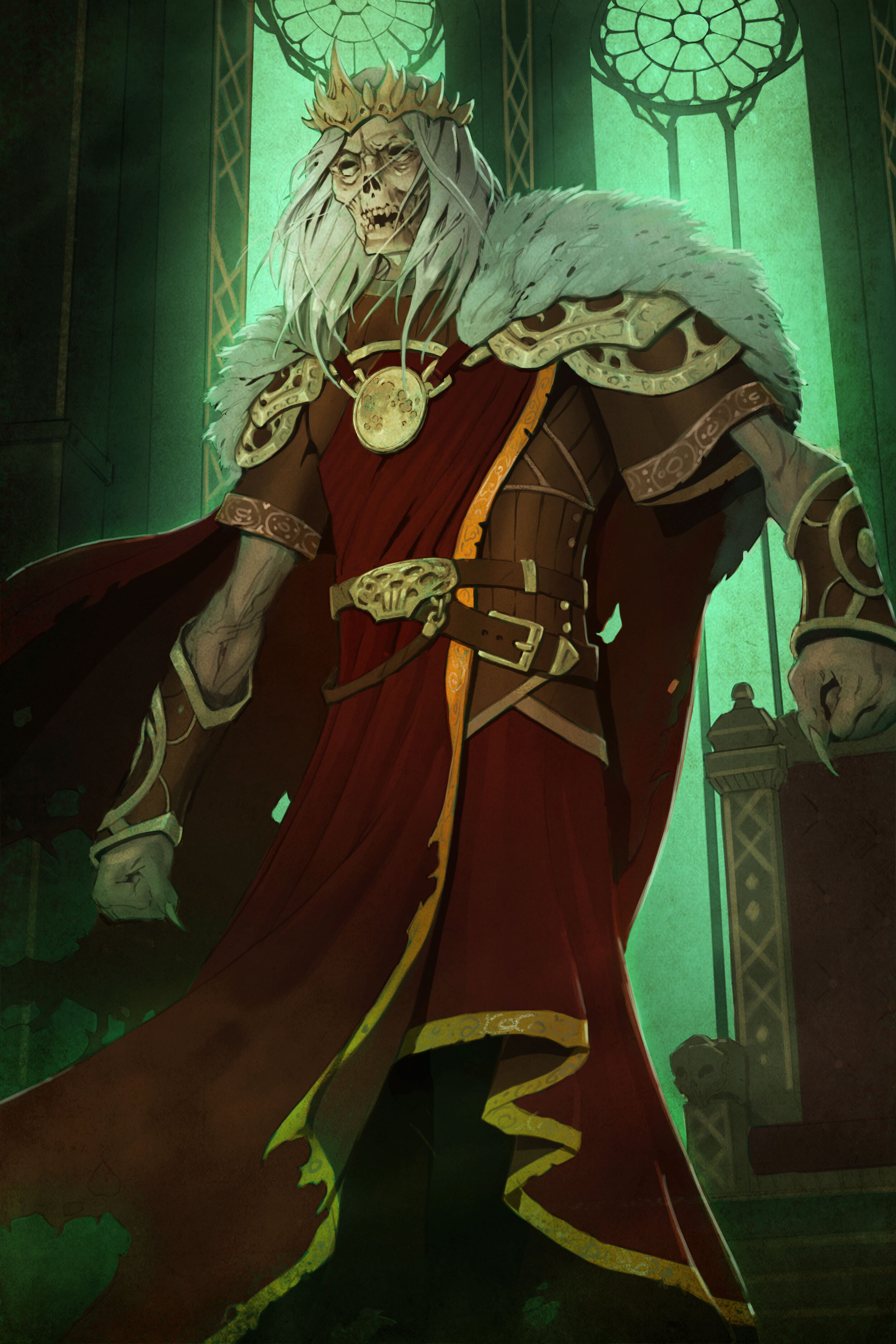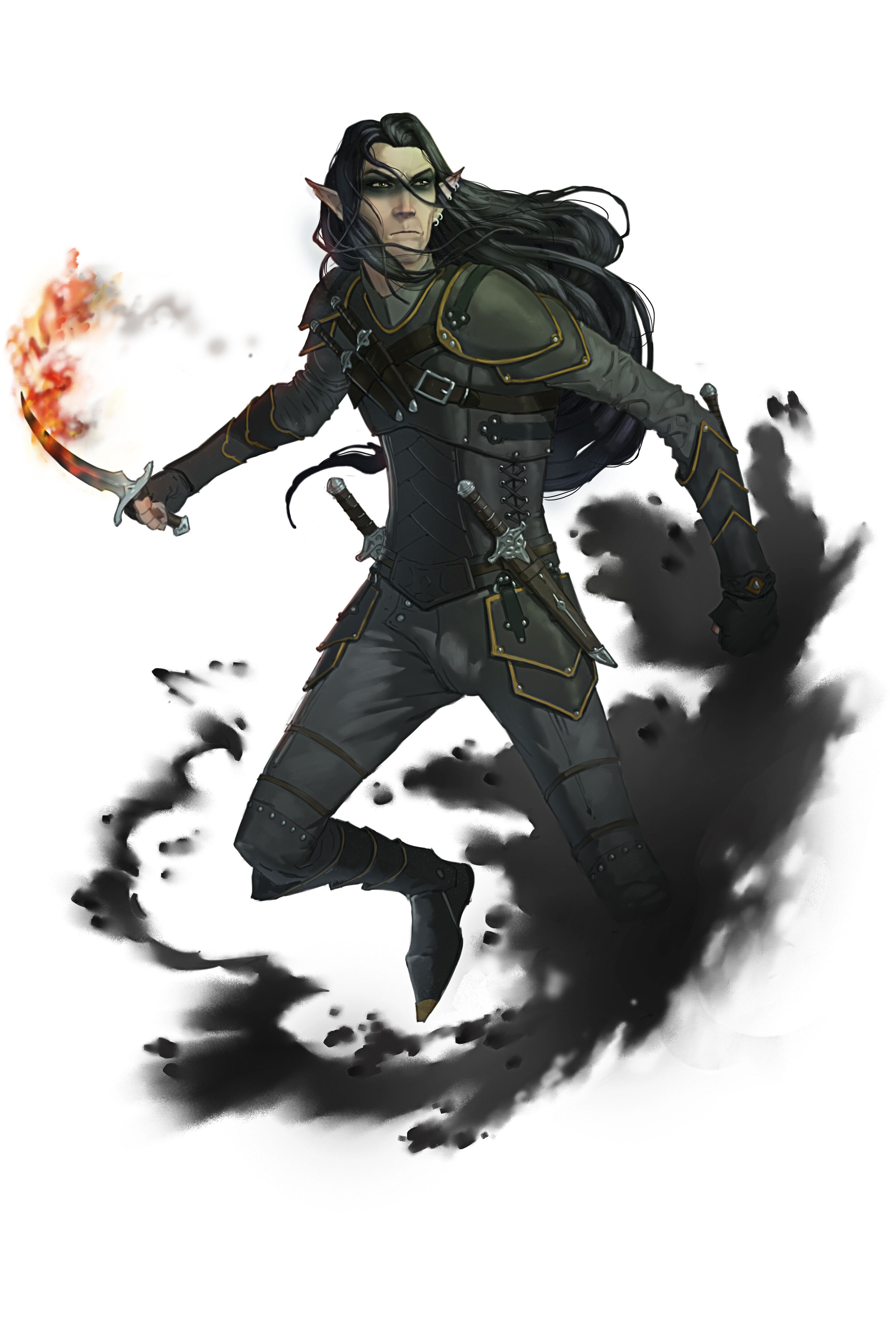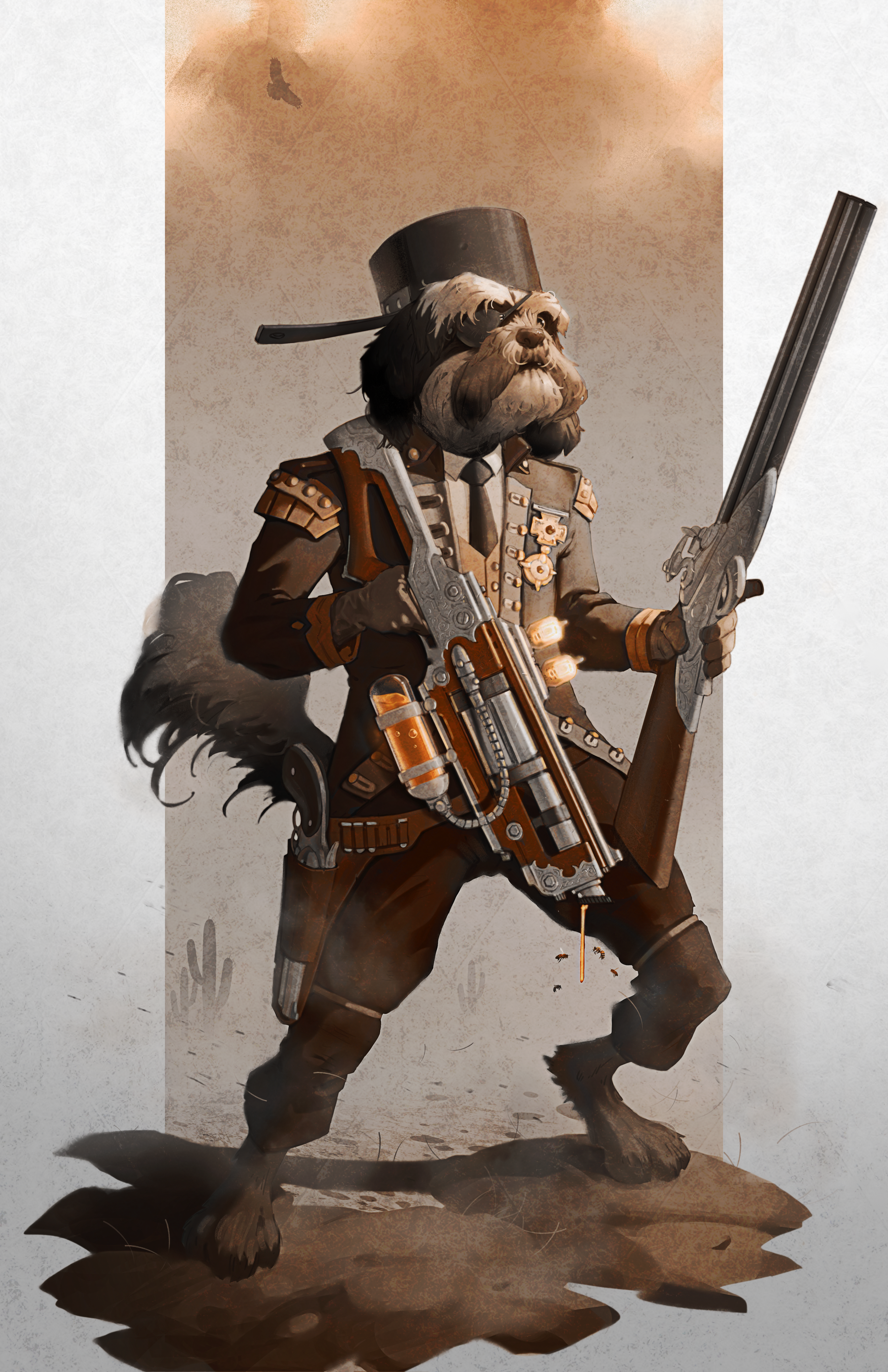How Can Learning The 7 Elements of Art Improve Your Skills?
/Every creation of visual art, no matter how abstract or surreal can be described by one or more combinations of these 7 elements:
Line
Shape
Form
Value
Space
Color
Texture
These elements represent the core fundamentals of all art. Whether you are a beginner artist or more experienced, understanding the 7 elements of art gives you the ability to analyze, manipulate and combine them in unique and original ways. These elements are the keys to developing not only skill but style as well.
Separating each element into individual categories allows you to study each element on its own. By studying the elements in this way you can advance your skill and/or gain a deeper understanding of their use faster and more efficiently than only making artwork where they are combined all at once.
Let’s first discuss what exactly these elements are and later I will explain more about why these elements are so important and how to analyze them in a piece of art. Or you can click here if you want to jump straight to that part of the article
Line as an Element of Art
A line is the representation of movement between two points. I say movement for a very specific reason and that is because in art, a line is not a static object. It is used to define boundaries and move your eye across the composition. A line can be a literal thing or an implied boundary.
Lines will either be straight or curved, horizontal, vertical or diagonal. Depending on how the line is oriented it allows the viewer to understand the intention of the artist in creating movement or implying direction. Lines can also describe texture or define the separation of light and dark through shading.
Line is the most fundamental and most essential element. everything else builds on top of line even if your art does not use actual drawn lines. All marks that you make become borders separating aspects. These borders become the essential nature of your composition and the borders of these shapes are understood as lines.
What is Shape in Art?
A shape is an area that has been enclosed by a set of lines that describe height and width.
Within any shape can be placed different values and colors that will make appear flat or three-dimensional. A shape can be geometric, organic, or abstract.
Geometric shapes are created using specific angles that follow clear mathematical rules. The most common examples are circle, square, triangle, and rectangle.
Organic shapes do not follow clearly defined rules and usually represent forms seen in nature, rather than man-made objects.
Shapes are used to create contrasting areas of size, color, light, and dark. These areas work together in describing the objects we are creating. By making specific choices about what shapes to use and how to contrast them against each other we create a visual experience for the viewer that can be emotionally impactful.
What Does Form Mean in Art?
Shape and form are directly connected. The element of shape must be understood in order to properly utilize form but form arises immediately from shape.
Like shape, form can be grouped in geometric and organic categories but, whereas shape refers to a two-dimensional object, form refers to a three-dimensional object. Form adds depth, and volume, where shape only described height and width.
And any complex object can be reduced to simple forms like cubes, cylinders, and spheres. Being able to identify these simple forms in complex objects will give you the power to construct any subject matter using simple principles of placing the correct forms together in space. This is incredibly powerful as it gives you the ability to construct new and original formations of complex subjects without having to be shown the exact arrangement before-hand. Rather than being dependant on references, your imagination becomes the main source of information allowing improvisation and experimentation.
The definition of Value in Art
As an element of art, value is actually even more important than color. Without value, we actually wouldn’t be able to see anything!
Value is a measurement of lightness and darkness where lighter areas represent the illumination of a form and darker areas represent the shadows created by the form.
The juxtaposition of values in a work of art is called ‘contrast’ and refers to the lightest and darkest parts of a painting. While there can be an infinite number of shades of grey between the lightest and darkest areas, artists choose which shades will work best for the effects they are creating.
Watch this short video for an excellent explanation of values in art
And you can watch this video for a quick introduction on how to study values to improve your understanding and how they work in your own art.
What is Space in Art?
In art, space refers either to the area that an object occupies, the area outside and around that object, or space can refer to the relationship of distance between objects.
Perspective deals with the relationship of spatial distance. Perspective is used to describe the way that a form recedes into the distant background, or is pushing forward into the foreground.
Positive space describes the area that is occupied by an object in a work of art
Negative space describes the area that is outside and around an object.
How these factors are handled on the canvas or in a sculpture gives the viewer information not only about how objects are arranged but the emotional impact of that arrangement. By manipulating the use of space a piece of art can be made to transmit The same feelings you would have in any real physical experience. From claustrophobia to awe-inspiring grandeur or from isolation to intimate connection, or any number of other experiences, spacial relationships make us feel like we are in the art.
Use of Color in Art
Scientifically, color is the effect of light striking an object and bouncing toward the eye and so, we associate color with many important objects and phenomena in our lives.
Because colors are so deeply interwoven in our understanding of the world, color acquires emotional importance for humans thus color can be used in art to evoke a variety of responses based on their combinations and arrangements.
Color can be used to create strong emotional experiences, give the illusion of depth, or it can be used to make patterns and movement in the composition that direct the eye across the image. This is accomplished by manipulating the three characteristics of color which are hue, value and chroma
Hue is the color itself. It is the specific wavelength of light that distinguishes each color from the others.
Value is a measure of the lightness or darkness of a hue.
Chroma is the measurement of color intensity. It is a measurement of a hues departure from a shade of grey toward full saturation.
The use and study of color in art is called color theory and has three main components: the color wheel, color values, and color schemes.
The color wheel is something most people will be familiar with. It is the arrangement of the visible color spectrum in a circular formation showing the transition of me color to another and depicting their contrasting relationships. The relationships can be manipulated to elicit different effects in the painting and responses from the viewer.
Color values refer to the lightness or darkness of a color. Lighter colors are called “tints” while darker colors are called “shades”
Color schemes are curated selections of colors, chosen for specific purposes. This could be as straightforward as simply being pleasing to the eye or more complex arrangements meant to suggest convoluted storytelling. The major color schemes in visual art are complementary, split-complementary, monochromatic, analogous, triadic, and rectangular
What is Texture in Art?
Texture in art is used to describe what the surface of an object would feel like if it were touched. In art, texture can be either real or implied
Real texture is a textured surface that can actually be felt or seen in 3-dimensional space. This type of texture is mainly found in sculpture, though some mixed media may employ tactile texture as well.
Implied texture is the simulation of texture on a 2-dimensional surface and relies only on visual cues of value and color. This type of texture can be either simulated or invented.
Simulated texture creates the impression of a real texture without being real as in the case of drawing or painting fur to look like actual fur. Photography is also a way to simulate the real-world experience of touching and feeling an object.
Invented texture is an original and unique concept developed by the artist to create imaginary surface qualities. This could mean creating the illusion of a creature’s skin being made of rocks or metal or something even more outlandish and surprising.
The use of textures creates visual interest which means it plays a role in creating a sense of believability as well as moving the eye across the image and catching the attention of the viewer in specific areas of the artwork.
Why are the 7 elements of art important?
Rather than losing ourselves in abstract arguments regarding beauty, monetary value, and other irrelevant subjective opinions the essential characteristics of art can be defined in a way that gives us control rather than being subject to the whim of perception.
Like mathematics or musical notation, The 7 elements of art are a common language. Understanding the relationships between elements of art gives you the ability to make intentional decisions in your own art as well as a deeper understanding and appreciation of the art made by others.
The word “art” itself is heavily loaded with confusion and misunderstanding. This confusion causes great anxiety on the part of the artist so it is important to separate the art from these emotional burdens and take control of our decisions. It is important to think of art as a set of protocols that are totally under your control rather than something controlled only by the perception of others.
What is the Most Important Element of Art?
Every piece of visual art no matter how it is made will combine at least 2 of the elements of art but they are all dependant on the viewer’s ability to see the art in the first place.
Value is the most important element because it is the foundation of our visual perception. Without the separation between light and dark, we would not be able to see anything at all.
For this reason, value will be the element of art that creates the greatest impression on the viewer, whether they are aware of it or not. When making a piece of art the choices made in determining the relationship of values will support the weight of every other element in the piece. Even when we are making are that is totally abstract, the effect of light and dark is inescapable. In other words, every other element of art can be disregarded but value will inescapably affect the visual experience of the artwork.
How To Find Your Art Style
Using an understanding of the 7 elements of visual art to study the work of masters and other highly experienced artists will give you the ability to identify the reasons why the artist made specific decisions on which elements to include and how to arrange them.
By analyzing the work of other artists you will learn new techniques and skills to include in your own work. When combined with imaginative exploration these new abilities will create surprising results and lead to unique and original ideas.
This process of gathering information from the lessons and experiences of other artists and combining them with your own is a powerful way to develop your own artistic voice. In art, there is not much that is left to discover which is truly original but there are always new ways to explore and present an idea even if it resembles what has come before. We don’t have to re-invent the wheel, we just have to find new ways of making the ride enjoyable for ourselves and others.












